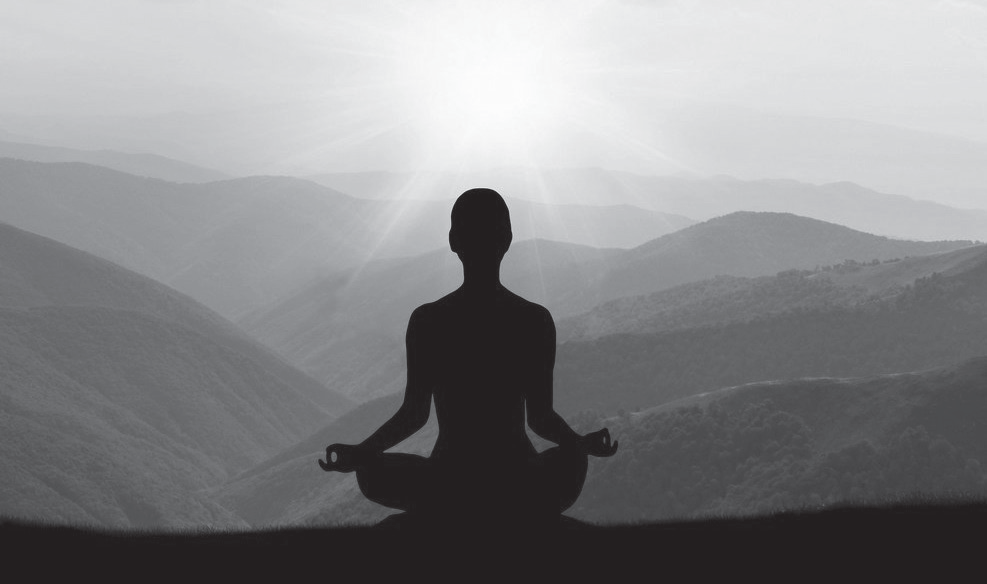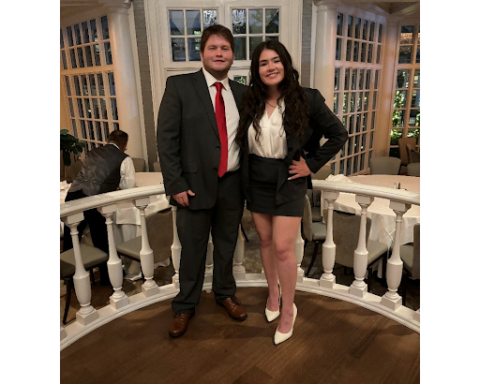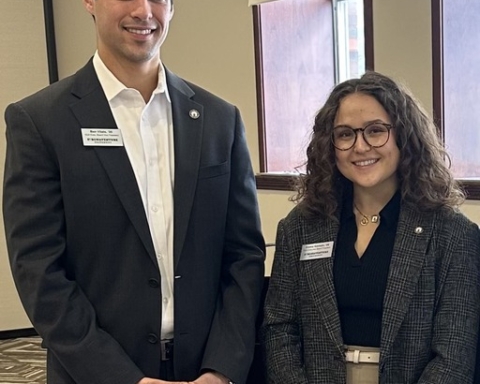There’s a major facet of the human experience that goes unnoticed, existing in our subconscious, but never fully coming to fruition. That portion of our being lies in the subtleties of life and falls to the wayside in our stress-induced choice to focus on avoiding life’s next catastrophe, solidifying our next triumph or generally clouding our precious minutes with hyperactivity.
Our daily focus is too often based in crisis proofing our own existence: submitting that next assignment, applying for another dream job, securing an annual promotion. And, while all of these things are great at face value and, in some cases, necessary for maintaining a certain level of normalcy, existence lies beyond accomplishment, status, reassurance and the comfort of esteem.
As of late, I’ve grown an interest in the concept of mindfulness. It’s a concept taught in psychology and one we, as humans, all have the ability to practice. Mindfulness meditation aims to bring heightened levels of awareness to what an individual is currently experiencing through conscious assessment of sensory responses in thoughts and emotions.
And, while this sort of practice might seem mundane, ordinary even, it’s something few of us actually take the time to do in our day-to-day lives. Mindfulness, allowing oneself to be fully present, involves rejecting pressures in the name of spending time with self. The process requires us to be fully present, something the collegiate and corporate structure alike make nearly impossible.
While pursuing my bachelor’s degree in journalism and mass communication, it felt almost impossible to disconnect. Still, enrolled in the Integrated Marketing Communications Program, it feels difficult. My phone, laptop and even camera, are often made out to be extensions of myself. Leaving my devices for too long feels like a lack of connection to the world around me – and, as odd as I feel admitting that, I think those outside of communications could agree. It’s the nature of the world we live in; commercialism runs the show. That sort of external noise can clog our mindfulness, though. In excess, it becomes a barrier in experiencing the mundane nuances we take for granted.
For instance, think of the act of eating. For me, I’m often trying to cram a bite in, while simultaneously scrolling through Instagram and trudging through an assignment for a master’s class. In light of these layered distractions, the sensation of fully tasting, enjoying and experiencing my dining is lost.
Another commonplace mindfulness-blocking scenario we’ve all seen is the cross contamination of physical contact and social media contact, two entirely different experiences we’ve accepted as a joint act. We laugh at jokes, wondering if we’ve even heard the other person correctly, and respond to statements we’ve only caught a portion of, usually because our attention is split in two directions. We’re constantly straddling the digital and physical. But, in a world of perfect mindfulness, screen time and social time wouldn’t be mutually exclusive.
In the past few weeks, I’ve made a conscious effort to separate those worlds. The discrepancy between my prior and current self-love is drastically different. I hear more, feel more, learn more and, generally, love more.
To fully commit to an interaction allows for us to regain a piece of our humanity, whether that interaction is as mundane as a 20-minute meal or emotional as a raw, heart-to-heart conversation.
Liam McGurl is co-editor-in-chief for The Bona Venture
His email is mcgurllt14@bonaventure.edu
Photo courtesy of techexplorist.com






